Can privatisation save the space race?
There is a very American conviction that the private sector is far better placed to develop the next generation of piloted spacecraft than Nasa, writes Steven Cutts. But don’t give up on the shuttles of the 1960s just yet


It’s the third decade of the 21st century and some of the icons of modern science are starting to feel very dated. Take the space shuttle, for example. On-screen, it’s the epitome of American exceptionalism but in practice, it’s a museum piece. The last piloted flight was almost nine years ago and the quest to find its successor continues to this day.
With the space shuttle retired, Nasa has been forced to pay good money to the Russians to send their astronauts into orbit. Needless to say, this kind of dependency hasn’t gone down very well with your average American patriot. Worse still, the Russian space agency has gradually increased its asking price for a flight into space from an initial figure of $20m to the more recent sum of $80m per seat.
The shuttle had been developed with the expressed purpose of driving down the cost of piloted space flight. It failed. Conceived in the early 1970s, it benefited from the heady optimism that followed the first moon landings and few in the space flight community expected anything but success.
However, the space shuttle programme was costing the American government $500m per launch and some – more hard-nosed – commentators claimed that the true cost was of the order of $1.5bn. Thus, a cash-strapped Nasa began the search for a replacement launch vehicle, far less ambitious than the vast winged creature from the 1970s, but safer and more cost-effective.
To those of us who once dreamt of an exciting future in outer space, this is an entirely disappointing narrative. The American aerospace community has taken much longer than expected to develop a new spacecraft and few if any of the new designs are particularly exciting. There is a subliminal acceptance that space travel will remain expensive, although, perhaps, not quite as expensive as it used to be.
More than anything, there is a very American conviction that the private sector is fundamentally better placed to develop and operate the next generation of piloted spacecraft than Nasa. In days gone by, private companies developed new spacecraft and handed them over to Nasa to operate. The people in mission control were all government employees and the onus of responsibility for the missions was on the government.
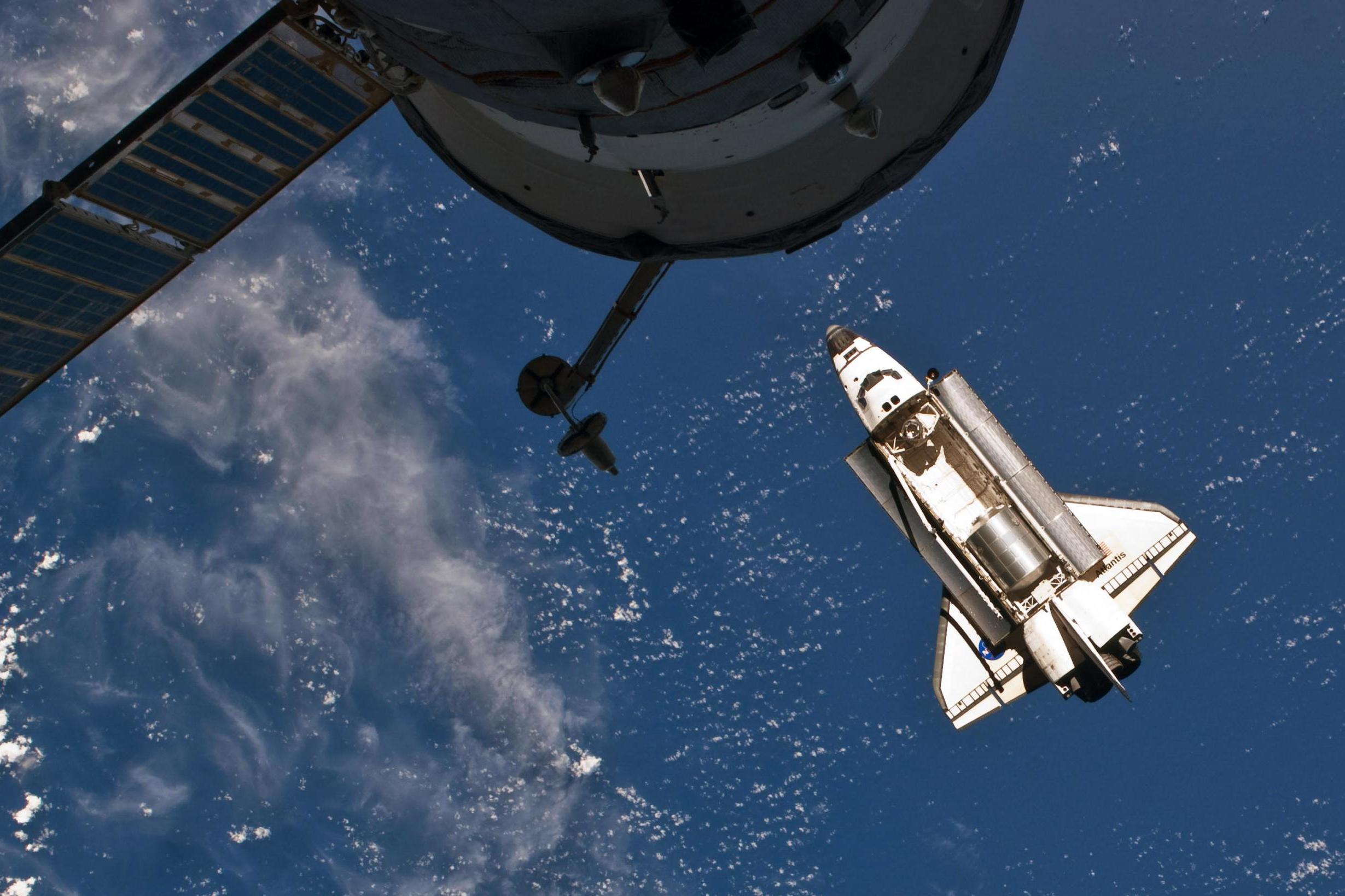
Part of what’s happening here is cultural. In much the same way as the British Labour Party believes that the railways can only function as a nationalised entity, many in the American spaceflight community believe that the cost of space travel can only be suppressed by the private sector. Whether or not either of these two views should be regarded as rational remains uncertain.
Whenever you hear Trump complaining about European subsidies to Airbus, just remember that the Pentagon and Nasa are pumping money into their own aerospace companies on a staggering scale
The new designs are all based on conventional launch vehicles that will cost millions of dollars per flight and their capability is only marginally superior to the Apollo capsules of the 1960s.
The venerable Boeing Company has produced the Starliner capsule, a machine that looks so similar to the Apollo command module of the 1960s that you could be forgiven for thinking it was one. It is, however, a metre or so wider at the base and able to land in the desert rather than the sea.
Similarly, the young upstart Elon Musk also won a contract from Nasa and his fledgling company SpaceX has built a spacecraft capable of servicing the International Space Station. This machine has already flown several unpiloted supply missions to the ISS. In the past few years, much has been made of Musk’s intention to colonise Mars, but it’s important to remember that at the time of writing, SpaceX has yet to fly a single astronaut to any destination at all.
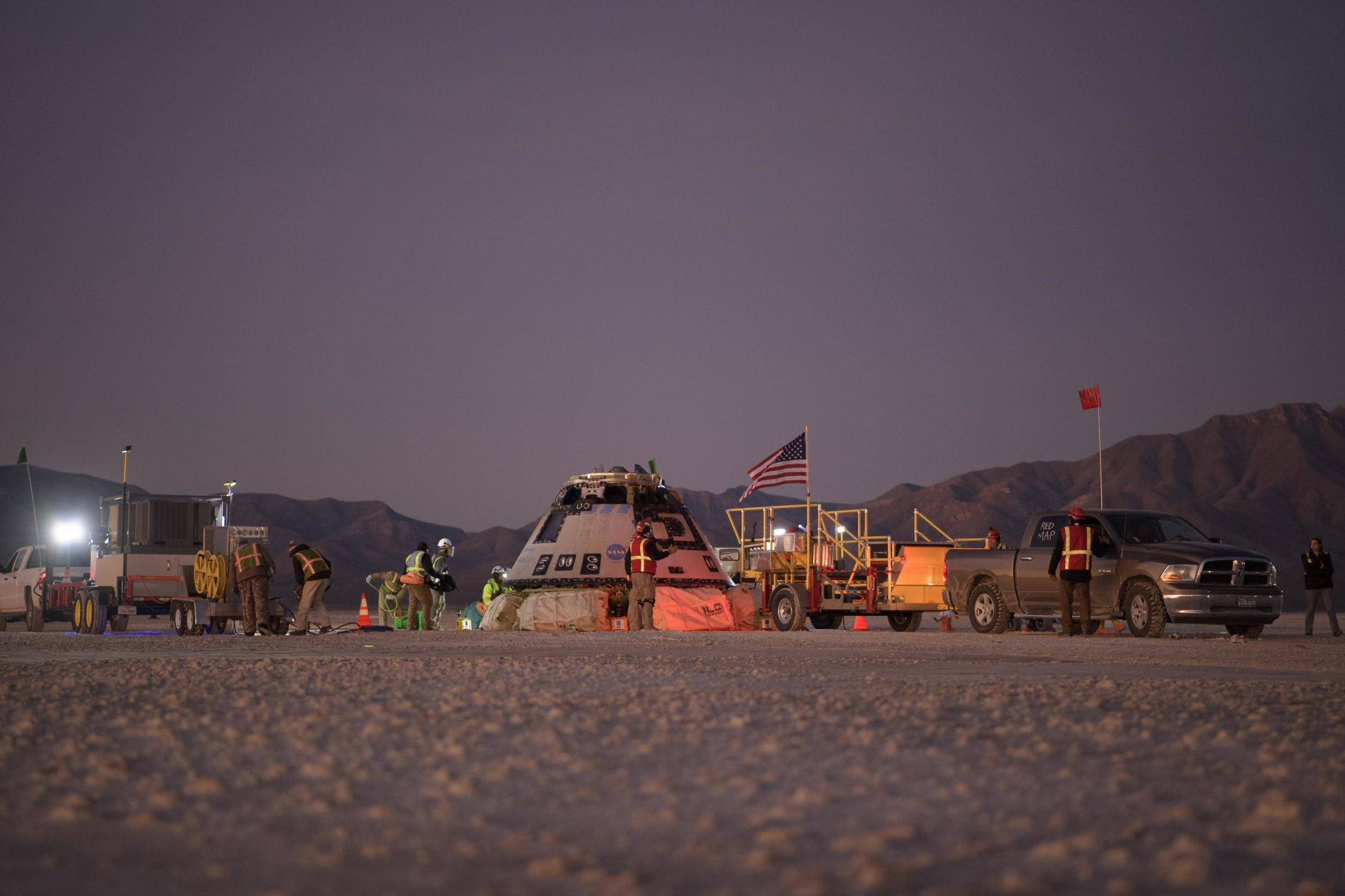
What Nasa has achieved here is a split deal with two companies on the receiving end of a major government contract to produce two distinct vehicles each capable of carrying up to seven astronauts each. Musk has claimed that the price of a single launch might soon fall below the $100m mark, but that particular achievement is still some distance ahead. Much worse than that, both Boeing and SpaceX are already several years behind schedule, with the predicted date of the first piloted mission being put back repeatedly since 2017.
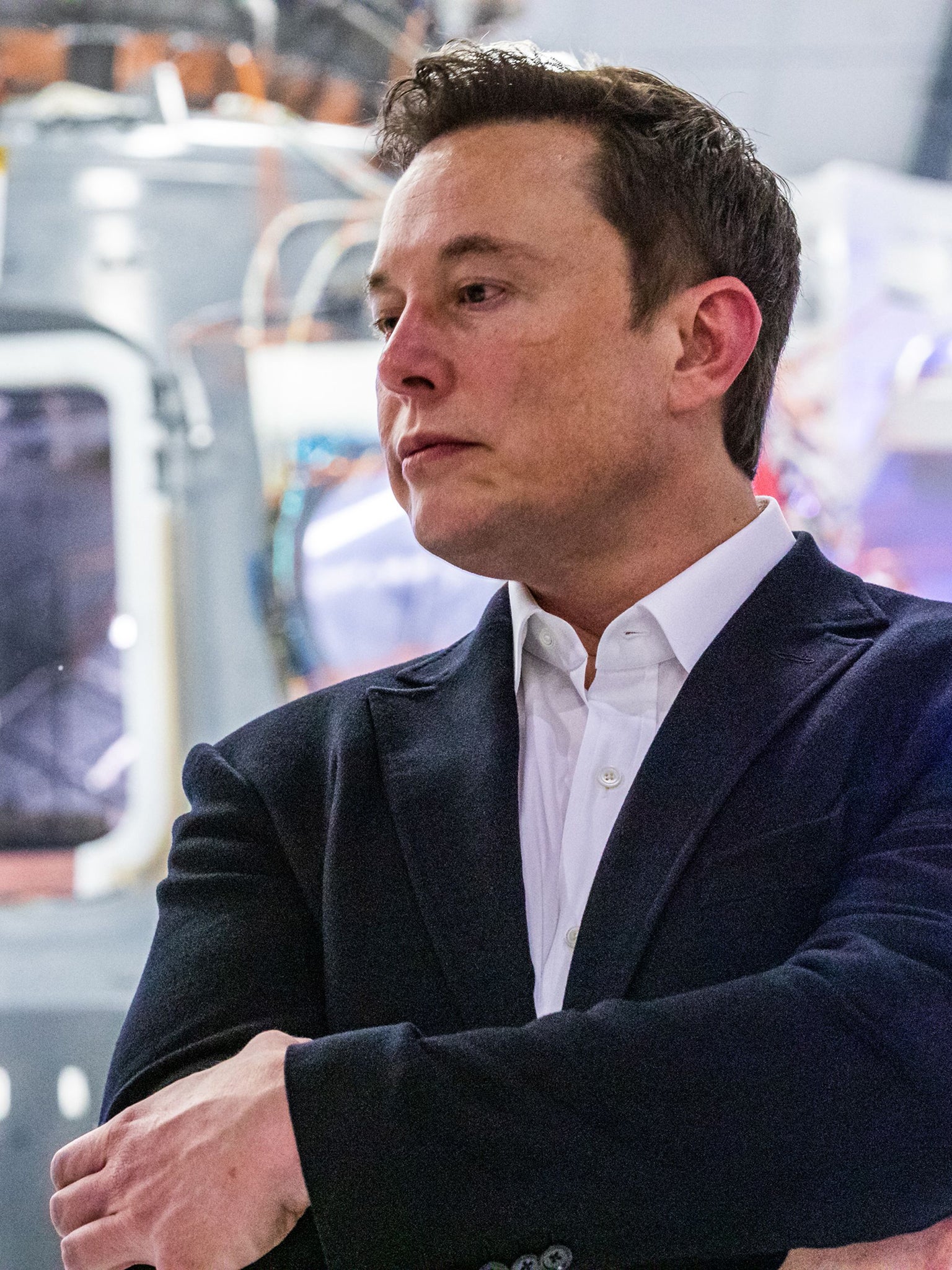
Somewhere in the course of 2020, it seems likely that both companies will fly their prototypes with two astronauts on each mission, docking with the International Space Station and causing a fresh wave of panic for the Russian space programme’s funding people. Barring further delays, SpaceX will probably be the first company to fly Americans into space since the demise of the space shuttle in 2011.
What, if anything, has Musk actually done that really puts him ahead of Boeing? Well, it has to be said that starting a spacecraft company from scratch and coming up with a viable machine is a remarkable achievement. Ever since Sputnik, the space programme has been about a lot more than space exploration. It’s about politics and economics. It is a form of exhibitionism by the very wealthiest of nations, all of them hell-bent and telling you they are streets ahead of their neighbours.
In the modern age, it’s also about something else. Nasa is a government-funded agency that delegates work to a plethora of companies around the United States, creating a hi-tech Keynesian stimulus to the broader economy. Whenever you hear Trump complaining about European subsidies to Airbus, just remember that the Pentagon and Nasa are pumping money into their own aerospace companies on a staggering scale.
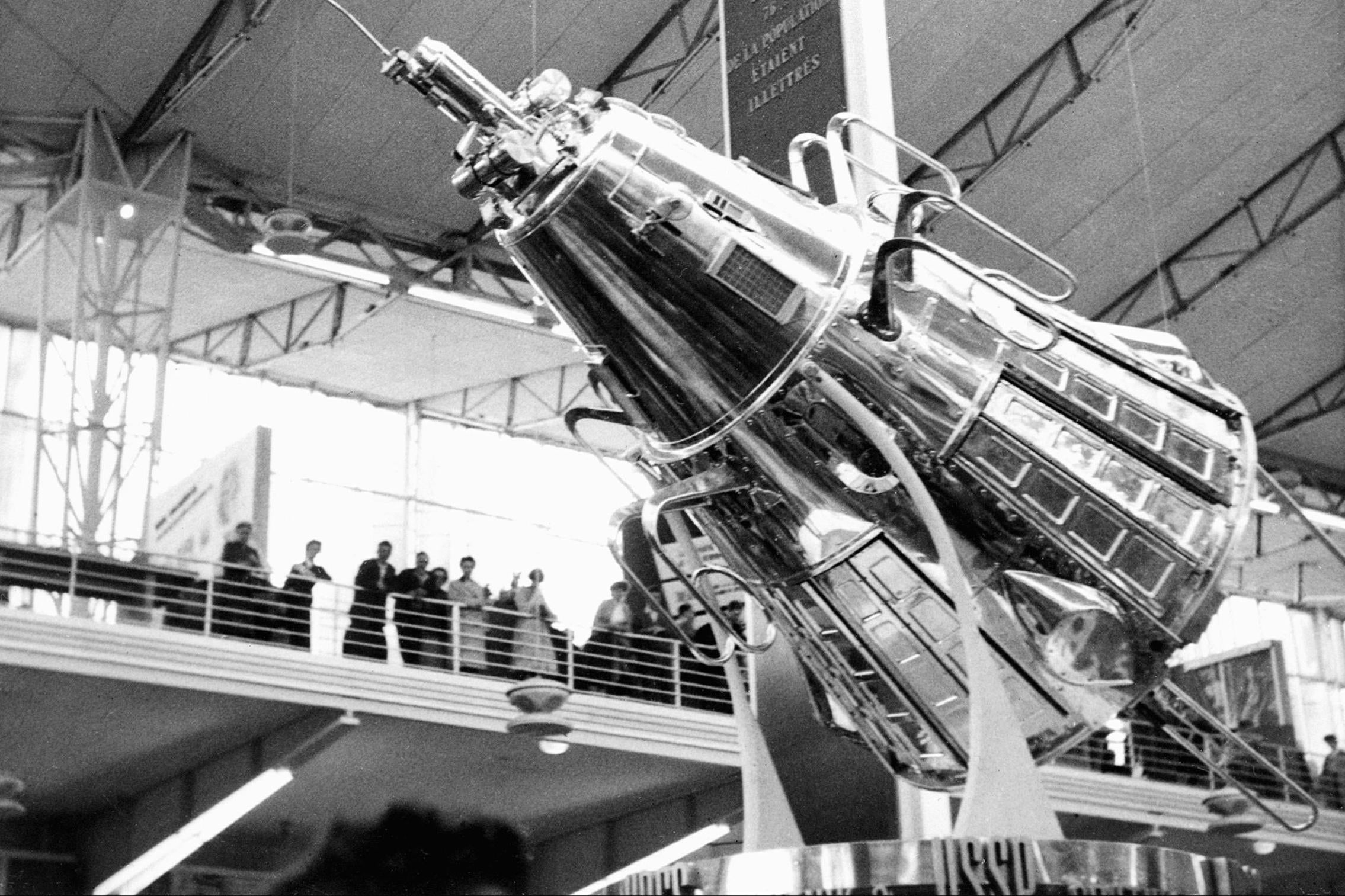
What about Musk, this strange enigmatic figure who crops up so much on modern news bulletins? Is there anything to learn from his success? Well, yes. According to some calculations, the cost of launching a satellite into orbit hasn’t changed since the days of President Kennedy. Nasa liked to subcontract different companies in different places to build its equipment. In this way, voters all over the United States got the feeling that their own region was gaining jobs and investment out of the space programme.
It is a form of exhibitionism by the very wealthiest of nations, all of them hell-bent and telling you they are streets ahead of their neighbours
Musk took a different approach. His very own rocket factory assembles most of the components in one location. This saves the construction teams having to transport equipment from California to Florida. Better still, SpaceX has pioneered the recovery of launch vehicles, with individual rocket stages coming back to Earth and performing a soft landing either back at the launch site or on an autonomous drone ship out at sea. After a string of initial failures, his people seem to have mastered this process quite well. If he’s right and a typical booster stage can be used up to 10 times without major refurbishment, then the cost of space flight should fall by about 20 per cent.
Similar work has led to the recovery of the payload shrouds on his unpiloted satellite launchers. All other launch vehicle manufacturers would have let the thing fall harmlessly into the sea but Musk’s team are consciously trying to catch it in mid-air, strapping parachutes to each half of the payload shroud and chasing after it with an ocean-going net. Given that the payload shrouds cost about $6m each, success in shroud recovery ought to bring further cost savings.
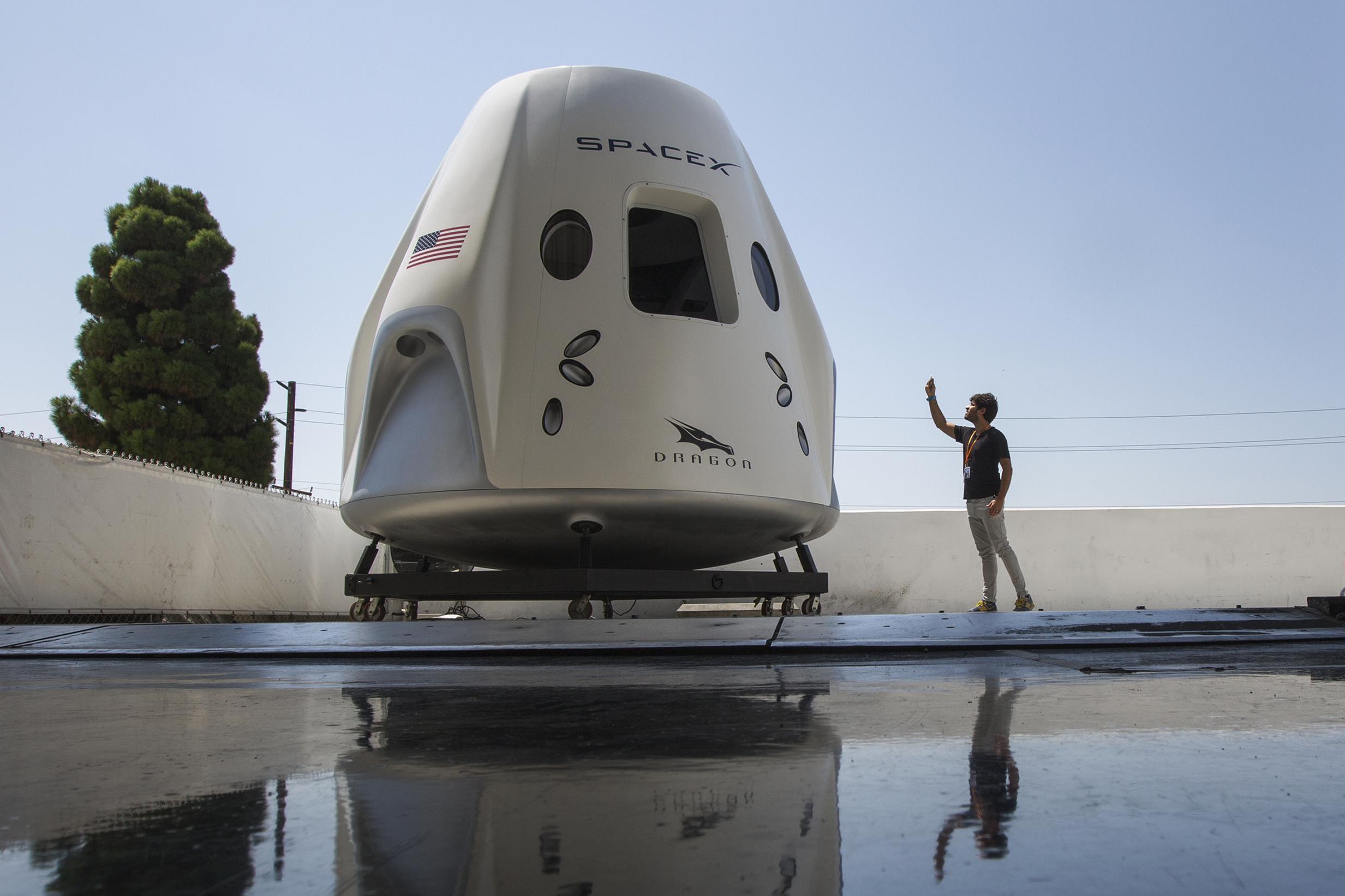
There now seems little doubt that Musk has brought new energy to the world of spaceflight and Boeing is struggling to keep up. How has SpaceX managed to do this when so many other companies seem to have come to a grinding halt? One issue may be age. The average graduate engineer in Boeing is well over 50 years of age. People over 50 aren’t trying to set the world on fire. They tend to spend more time thinking about their pension scheme than they do about their latest initiative and while it has probably been possible to retrieve various parts of a launch vehicle for some time, nobody really bothered. The likes of Boeing and Lockheed Martin were receiving regular contracts from the Pentagon, Nasa and the telecommunications companies of the world and they rarely felt the need to move on. Now they’re being forced to do just that.
A recent statement from the European Space Agency openly acknowledged the achievements of SpaceX. “What has become routine in America remains impossible in Europe.” ESA has started the journey to reusability that began with the space shuttle and has still not been fully realised.
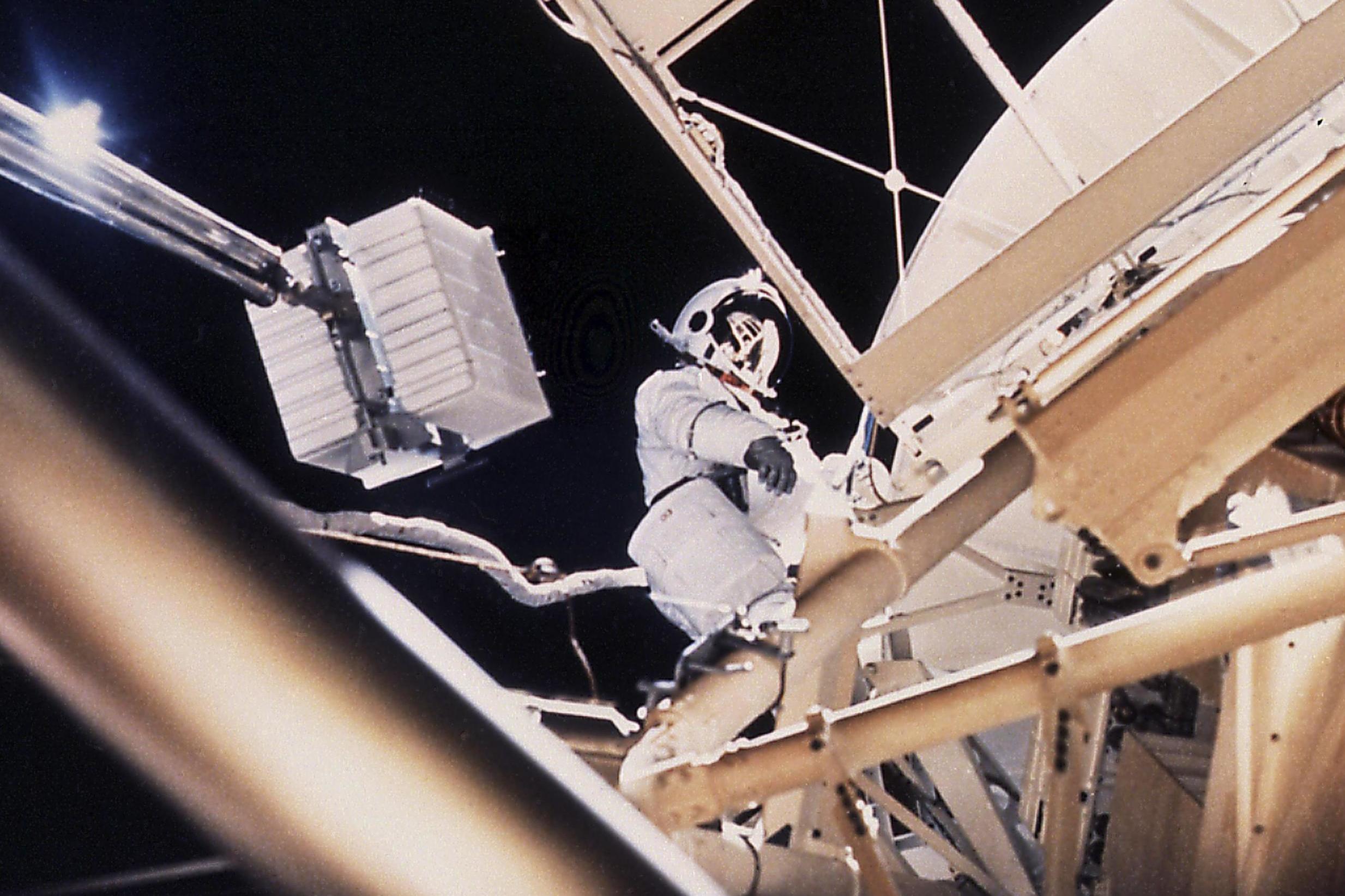
Just in case they get forgotten, I probably ought to mention the third contender for the Nasa space programme. It’s an unpiloted cargo vessel, Dream Chaser. This machine was intended to carry astronauts to the Space Station but has been downgraded to the role of a freighter, delivering food and supplies. It’s the only machine that can land on a conventional runway. Dream Chaser is a miniature version of the Space Shuttle and has its origins in the kind of experimental aircraft that Steve Austin managed to crash in the opening credits for the 6 Million Dollar Man. After years of ongoing development, it’s close to finally flying in outer space and actually looks like something out of a science fiction movie.
All three of these spaceships are designed to dock with the ISS autonomously. In principle, the astronauts could doze off during the final approach and the capsule would still be able to dock. Better still, both SpaceX and Boeing have added an escape system to their capsules. In case you hadn’t spotted it, one of the problems with the space shuttle was its tendency to end in disaster, with 14 astronauts losing their lives. If either of the two new capsules appears to malfunction after blastoff, the crew compartment is designed to separate from the rocket, open parachutes and stage an emergency landing.
Demonstrating a good escape system has become an essential prerequisite for piloted operations and both companies have struggled to do this. In 2019, the Boeing Starliner capsule only managed to open two out of three of its parachutes during a test landing. More alarming still, a Dragon capsule built by SpaceX blew itself to pieces on the ground during a static firing test. Boeing was quick to point out that a human crew could have survived the Starliner incident. Needless to say, anybody involved in the Dragon incident would have been dead.
Even at this late stage, piloted spaceflight is fraught with danger and it’s worth taking a few seconds to acknowledge the fantastic strength of the Russian Soyuz programme, which has barely changed its design since the Cold War and hasn’t actually killed anybody since 1971. Having said that, Soyuz is yesterday’s news and if we want to explore outer space in-depth then we’re going to need some new hardware.
Remember also that human beings aren’t just about additional risk. They can add to safety too. In the closing days of 2019, Boeing tested an unpiloted version of its Starliner in low Earth orbit and discovered that due to a glitch with the onboard computer, their machine would be unable to dock with the International Space Station. The astronauts slated for the first piloted expedition were quick to point out that they could have corrected this problem, had they been onboard. If that sounds impressive, remember that the Apollo astronauts could have done that too. In 1973, the Americans sent three Apollo capsules to the Skylab Space Station and not one of them screwed up. Aided and abetted by both that experience and another five decades of ongoing technological development, Nasa is struggling to repeat that trick today.
Steven Cutts is a doctor and science writer. His science fiction novel, ‘The Village On Mars’ is available on Amazon
Join our commenting forum
Join thought-provoking conversations, follow other Independent readers and see their replies
Comments